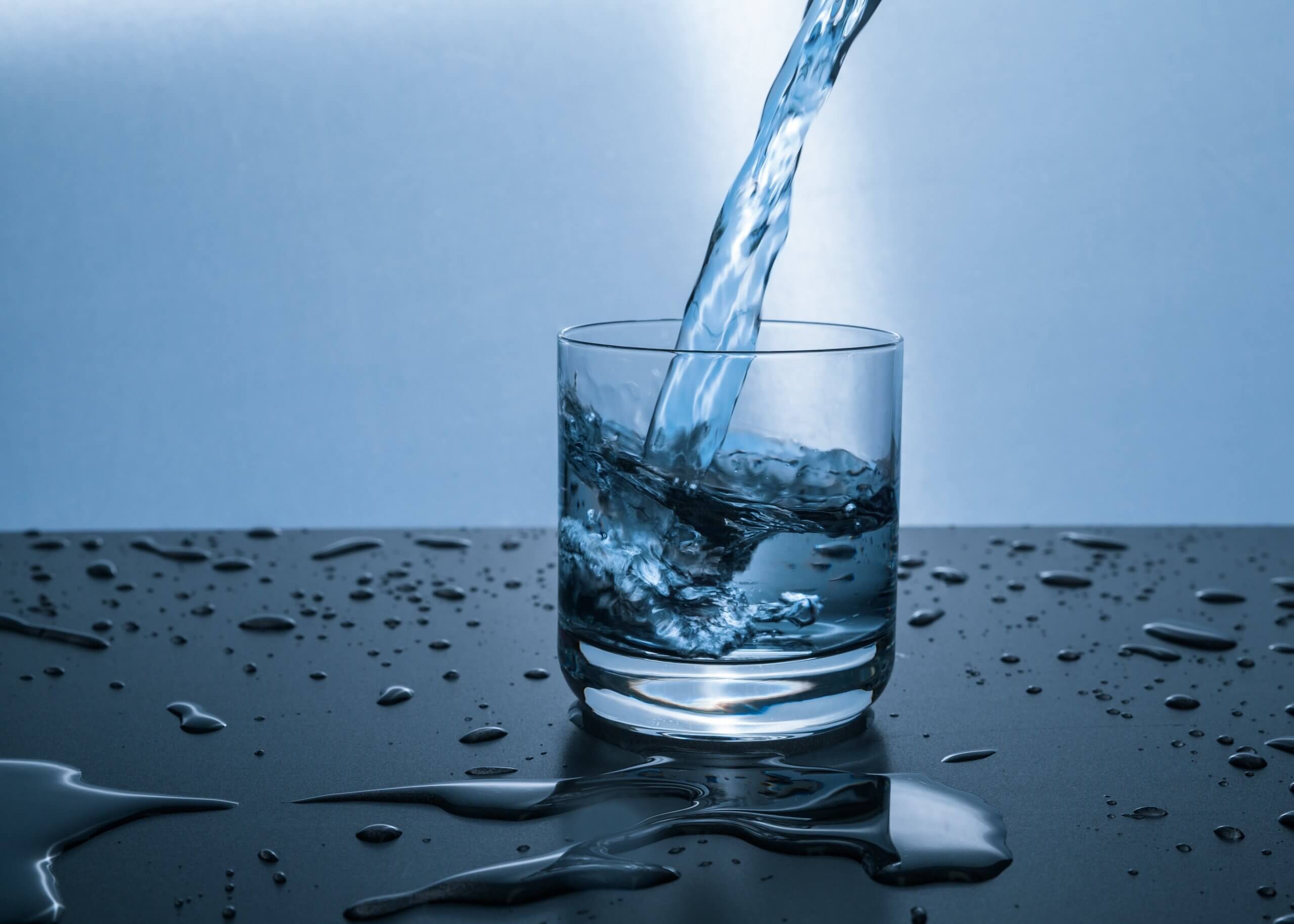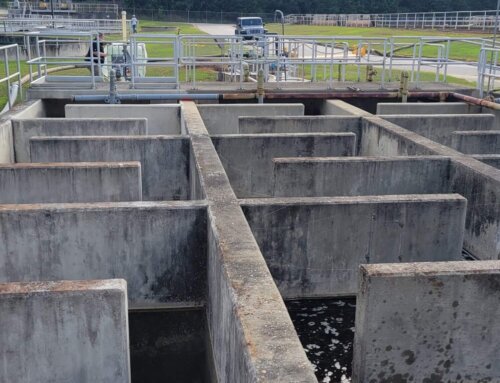Safe and readily available water is the backbone of healthy communities and thriving economies. Contaminated water and poor sanitation are linked to polio, typhoid, hepatitis A, cholera, dysentery, and diarrhea, with studies revealing that over 19 million Americans get sick every year from drinking contaminated water.
Whether used for domestic use, drinking, recreational purposes, or food production, better-managed water resources boost a country’s health, economic growth and immensely reduce poverty. Let’s look at the water treatment process and why it is important for your health.
What Is Water Treatment?
Water treatment refers to a process used to improve water quality to make it safe for a specific purpose such as drinking, domestic use, food production, and more. The process is designed to eliminate all contaminants and other undesirable elements so that the water becomes fit for its desired end-use.
What Are the Water Treatment Stages?
A typical water treatment process involves the following stages:
Step 1: Collection
The water that ends up in your local water treatment plant is typically sourced from a local river, lake, dam, or reservoir. In most cases, multiple pumps and pipelines help transport the water to the treatment plant. In other scenarios, the water is transported to the water treatment plant via a river. Most treatment facilities are designed to utilize gravity water flow to reduce the pumping costs.
Step 2: Screening and Straining
The raw water that ends up at the treatment facilities typically has massive quantities of suspended and dissolved materials such as turbidity, taste, odor, microorganisms, trash, and more. These materials can damage the equipment in the treatment facility. They are removed through an effective screening and straining process that uses devices such as the bar screen, steel grids, strainers, and sieves.
Step 3: Coagulation
Once the water is free of any foreign material, it is received into the treatment plant. At the plant, chemicals are added in a process referred to as coagulation. The chemicals or coagulants help clump together the smaller particles to form a heavier and larger gelatinous particle, referred to as the floc. Since the floc is sticky, it attracts dirty particles, eventually getting heavy and starts sinking to the bottom of the storage tank. Some of the most commonly used chemicals at this stage are coagulants such as e ferrous sulfate, ferric chloride, sodium aluminate, activated silica, and polymers.
Step 4: Sedimentation
The particles of the floc and dirt that sink to the bottom of the storage tank are called sediments. During the sedimentation process, the sediment and the water are made to flow into a sedimentation basin. The sedimentation tanks are uniquely designed to reduce the velocity of water flow for the sediments to settle. Typically, all the heavy floc particles will settle on the floor of the basin as the water moves to the next compartment.
Step 5: Filtration
The filtration process involves moving the water through a layer of gravel, sand, and charcoal. The ideal gravel layer should be about 1 foot deep, and the sand layer is 2.5 feet deep. Some treatment facilities may also use pressure and gravity filters to maintain a hydraulic head and remove any other particles that remain after the sedimentation process, such as floc, turbidity, and algae. The water is then pumped to a closed tank.
Step 6: Disinfection
At the tank, chlorine and other water disinfectants are introduced to kill any microorganisms and bacteria in the water. This guarantees that the water is clean and safe for the intended use. The water is then distributed to the community via pipes connected to homes, farms, and businesses.
Types of Water Treatment Systems
The following are some of the types of water quality improvement systems that you can use to solve a specific water issue:
Carbon Filtration
Carbon filtration systems are designed to improve water taste, odor, and clarity. Carbon helps absorb chlorine and chloramines from municipal water. It also eliminates specific organic contaminants such as trihalomethanes, trichloroethylene, or paradichlorobenzene.
Reverse Osmosis
Reverse osmosis systems leverage household pressure to separate water from dissolved mineral salts. RO systems help produce low-mineral, low-sodium, good-tasting drinking water. The RO system design features a sediment filter, a semi-permeable membrane, and a carbon filter used to produce high-quality water. Notably, bottled water companies’ distillation systems mostly use RO systems.
Distillation
The distillation system uses heat to evaporate the water. During the distillation process, impurities are separated from water and removed. The steam then goes through a condensation process that turns it back to liquid form, which is cooled and collected as distilled water.
Softening
Typically, as rainwater passes through the atmosphere, it picks impurities and elements that turn it into hard water. Once it hits the ground, it continues to pick minerals and bacterial impurities inside lakes and rivers. Water softening facilities uses detergents, chemicals, or other compounds that remove the hardness.
Contact Keck & Wood for All Your Water Treatment Needs
Keck & Wood is a leading provider of exceptional water treatment and civil engineering solutions customized to fit your needs and budget. We have vast experience, top-notch equipment, and design expertise to ensure your water project is delivered within timeline no matter the size and location.
Our well-rounded team of professionals is committed to providing exceptional transportation, civil engineering, land surveying, and land architecture services that impact quality, schedules, budgets, and ultimately project success. If you need help getting started or have any questions contact us today.







Leave A Comment